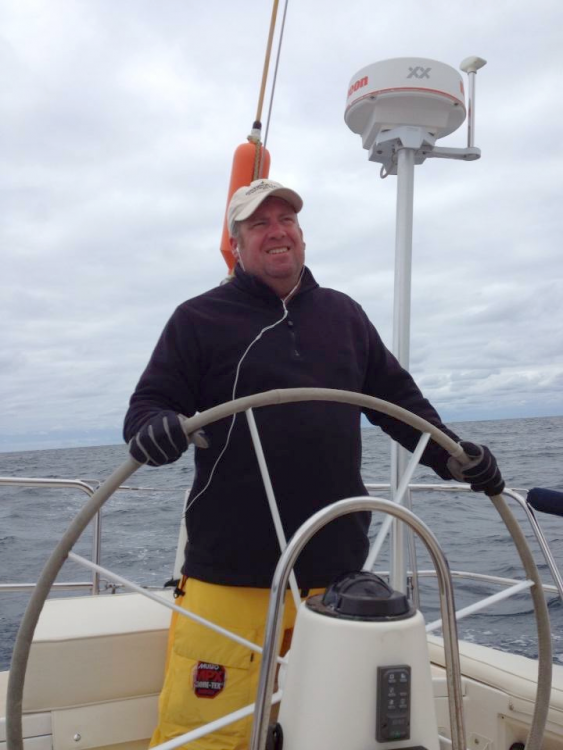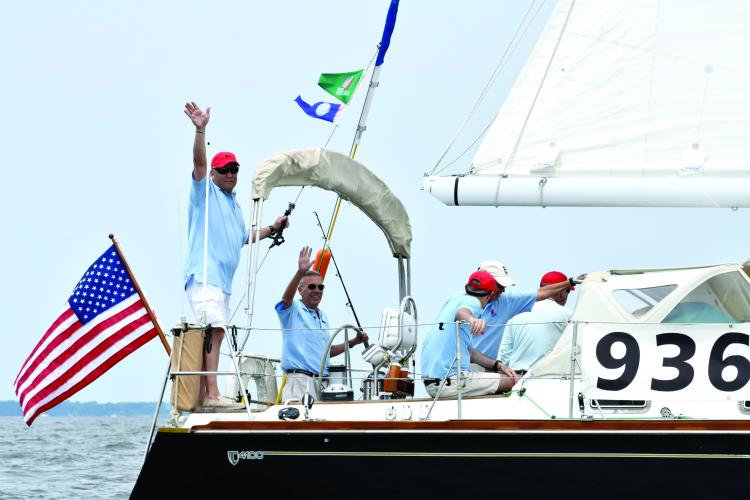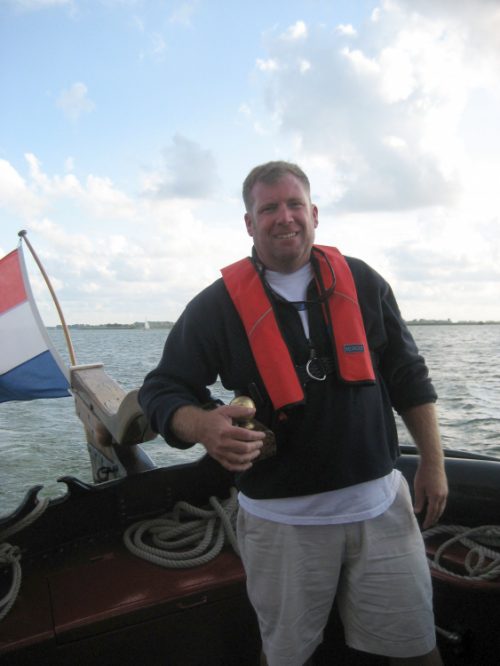Advice and tips for organizing an offshore passage
You’re out a sea in the middle of the night. A cold wind unexpectedly picks up just as it’s time for a change of watch. The crew are scrambling about the boat, some grabbing an extra outer layer, others bringing up the smaller foresail. Perhaps the electronics choose this moment to go on the fritz. The organizational systems (or lack thereof) set up before leaving shore now become apparent. As with many types of big undertakings, preparing to go offshore sailing sometimes seems as if it’s more difficult than the passage itself. However, a good organizational strategy and some planning go a long way toward making the tasks less daunting.

“The hardest part of any trip is leaving the dock,” says Mike Lehmkuhl, an experienced bluewater racer who is chair of the Annapolis Bermuda Ocean Race and has done many deliveries up and down the East Coast, in addition to a Trans-Atlantic crossing and some very competitive Annapolis buoy racing. He says, “It’s easy to get wrapped up in all the details, the paranoia about the uncertainties you will face, and how well you and your boat will face the great unknown. In the end, you have to trust in your knowledge and your preparation, which are as much a part of seamanship as knowing how to sail.”
Three categories: boat, crew, and destination
“I have lists and lists and lists. When I was newer to ocean sailing, I would start my lists about a year out. Over the years, I’ve realized that the lists basically break down into three categories: the boat, crew, and the destination. As a delivery captain I also have a mental checklist, and usually I take about a half day to go over boats I’m hired on to make sure certain things are working and the boat is generally okay. These would include seacocks, the engine, and the plumbing and electric systems. On any offshore trip, I’ll make sure there are key spare parts, such as an alternator belt and fuel filter.
“Inside the boat I like to post at least three diagrams that will serve as guide maps for the most important things, such as seacocks, safety equipment, and food and other provisions. In addition to posting them, it’s also really important to walk through the boat with the crew and physically look at these things. In an emergency sometimes even if you don’t remember what you read, you can remember what someone showed you.”

The importance of a routine
Lehmkuhl continues, “I’ve found it’s really important to set the watch routine right away and stick to it, even on a shorter passage or race—even doing a Governor’s Cup. A routine gets the crew’s mind off all the things that might go wrong, and it helps the crew and captain stay rested. When you’re tired, you’re more likely to make poor decisions. When a captain starts trying to change up the watch schedule after he’s been up all night, things start to break down. Any organization will do well with routine because it provides stability.”

Finally, Lehmkuhl stresses the importance of selecting crew that will be willing to do whatever it takes to get along. “You never really know someone until you go offshore with them. It’s good to know if they’re a drinker or a smoker. And to the extent that you can, find out how they handle pressure and adversity. Everything seems amplified under intensity.”




